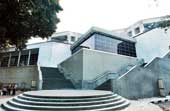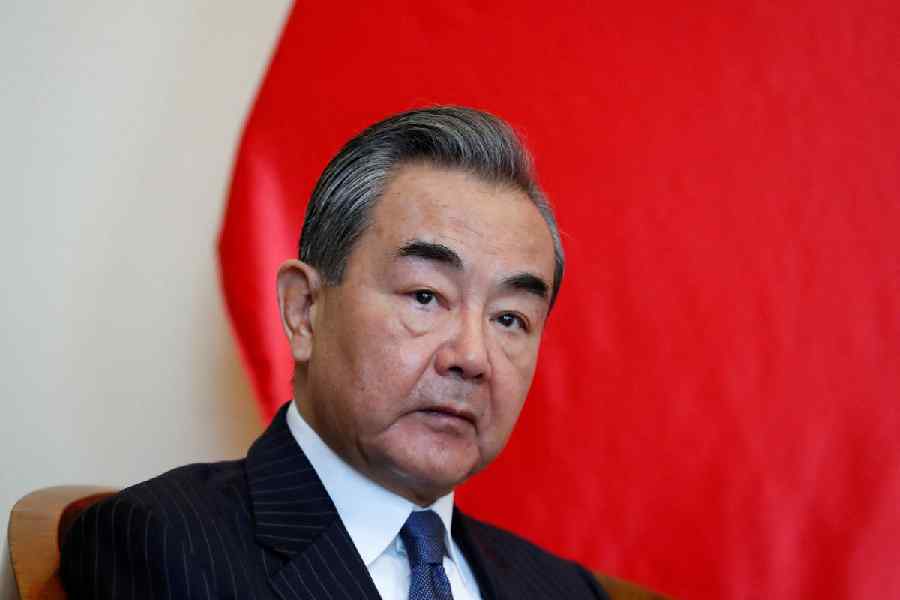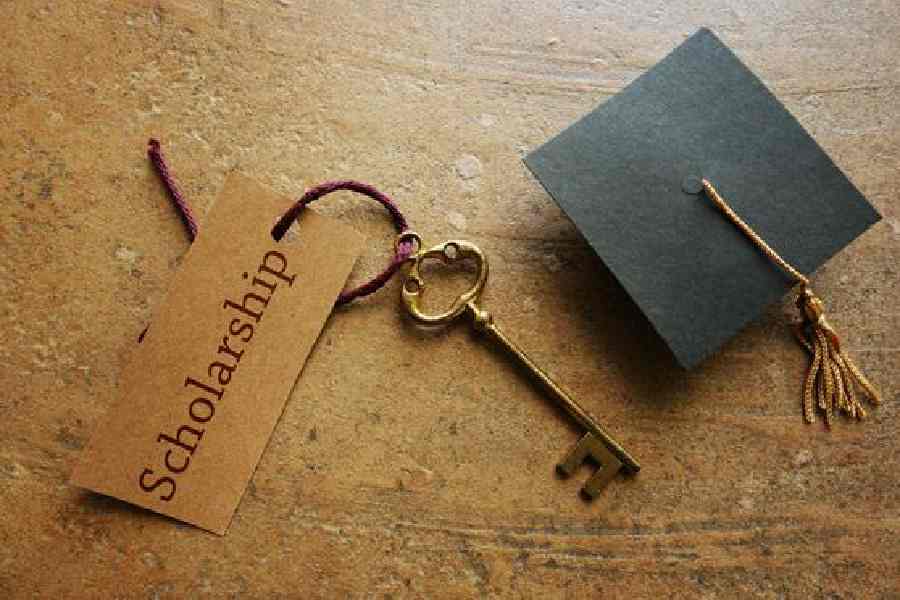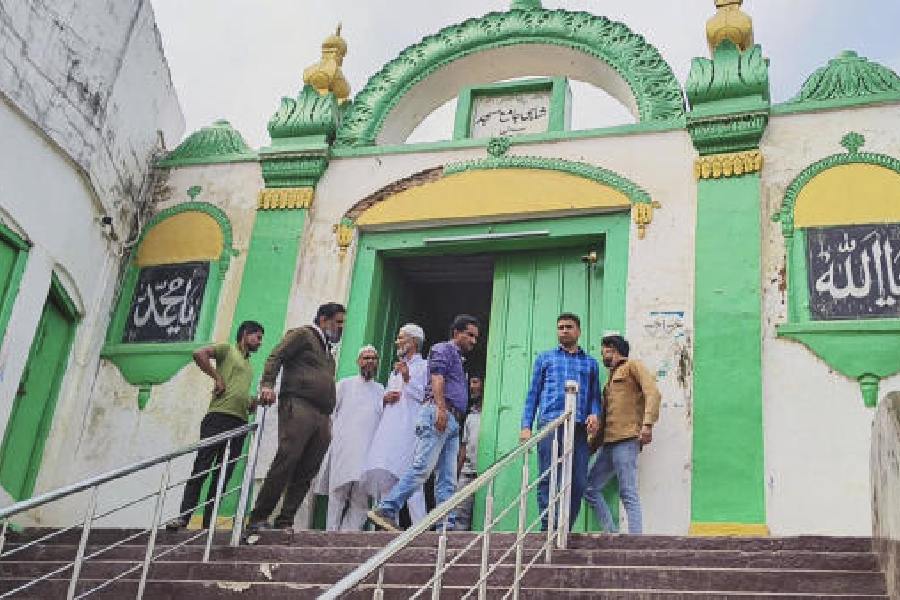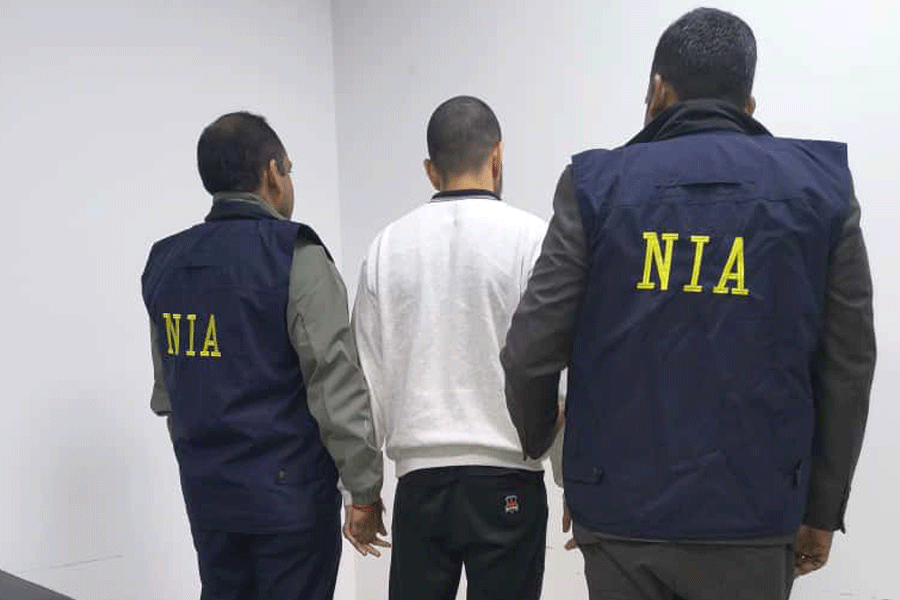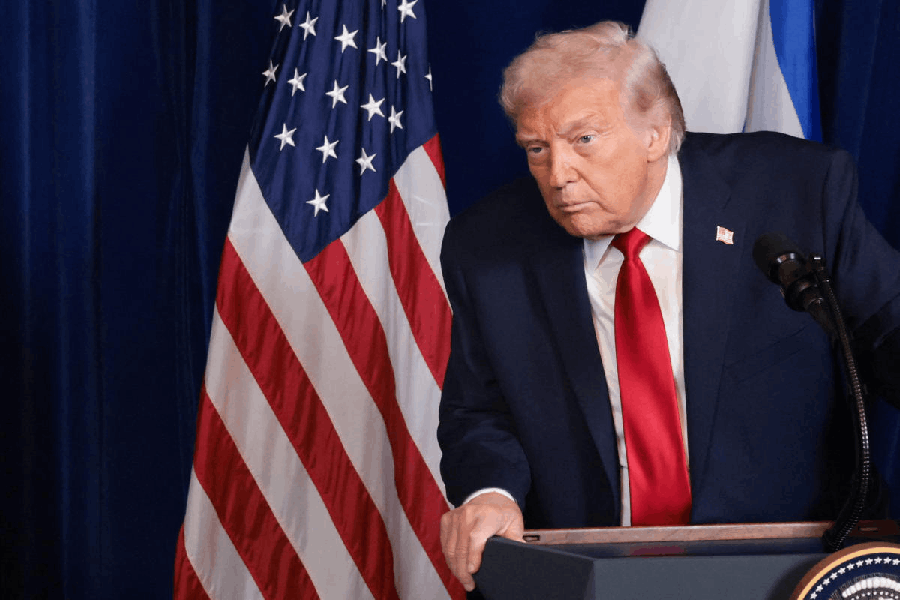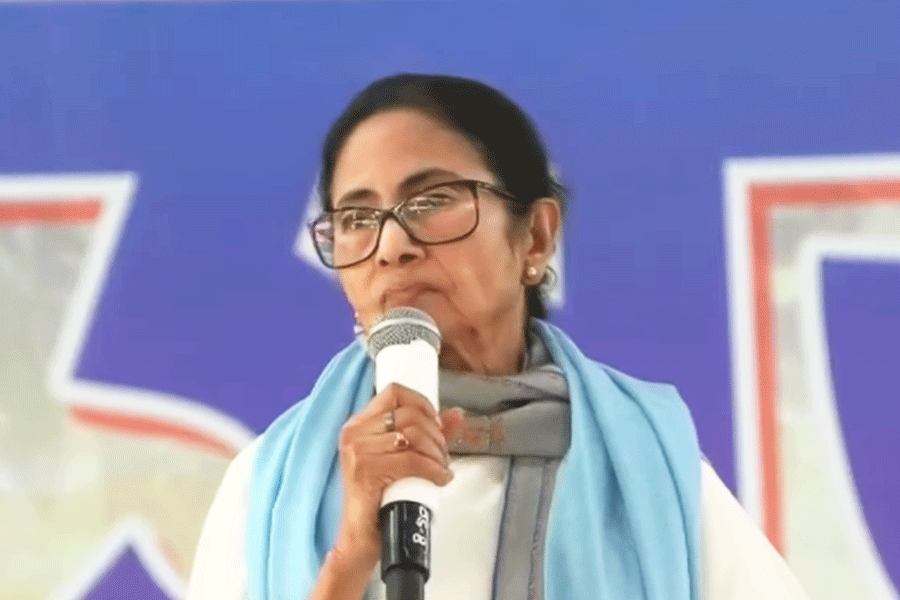 |
 |
| Bhasha Bhavan, the new National Library building, and (below) director-general Swapan Chakravorty. Telegraph pictures |
Once upon a time, say a decade ago, readers would wait for hours for a book to emerge from the depths of the National Library hold. Often all that came out was a reluctant reading room employee up the stairs, empty-handed. Now 20 lakh digitised pages are available at the library.
The library is changing. The new library building may lack the charm of the old one, but technology and recent acquisitions have made it a friendlier place for the researcher. Members may download forms from the website, and each new member is presented with a smart reader’s guide.
If accessing the texts still requires a visit to the library, accessing a substantial part of the catalogue doesn’t. More than 8 lakh manual cards have been converted into an electronic catalogue, which can be accessed on the library website from anywhere in the world.
The accessibility of the texts and the catalogue makes research at the library much easier and connects the library with institutions worldwide. The library has an estimated 20 lakh books and non-book materials, but almost all books that were entered on cards are now on the web catalogue.
Machine readable catalogue has been a buzzword for some time at the library, but work sped up after Swapan Chakravorty, the current director-general, joined in April 2010. He promises to keep working at the same speed in digitising the contents of selected rare materials. “About 20 lakh more digitised pages will be available by the end of the current financial year,” he says.
Among the texts available online are more than 6,000 electronic journals.
The library is also proud to announce to researchers the availability of Early English Books Online (EEBO), which contains 125,000 titles printed in the British Isles between 1475 and 1700. EEBO includes the Thomason Tracts, a collection of more than 22,000 pamphlets, books and newspapers, most of which were printed in London between 1640 and 1661. The collection is a major primary source for researching the political and social history of England during the English Civil War and the Restoration of the monarchy.
Other databases such as the Oxford English Dictionary and the Oxford Bibliographies Online may now be accessed by anyone through the library website.
Among the other acquisitions on their way are linguist Sukumar Sen’s own collection of books from his Burdwan home, the papers of anthropologist Nirmal Kumar Basu and of economist Amlan Datta.
Chakravorty, formerly a teacher of English at Jadavpur University, says he is trying to restore to the library its intellectual agenda. In January, National Library hosted a seminar titled ‘The impact of Rabindranath Tagore on other Indian literatures’.
Chakravorty speaks excitedly about the response it drew: people from all over the country, speaking many languages, participated at the seminar, a testimony to the many cultures that were once influenced by Tagore.
International workshops with the British Library, and universities in India, England, the US, Australia and South Africa have been conducted in the past one year.
A book on P.C. Ray and a Tagore bibliography will be out soon. Next month there will be an exhibition on rare Tagore manuscripts and books. It will be curated by the scholar Swapan Majumdar.

